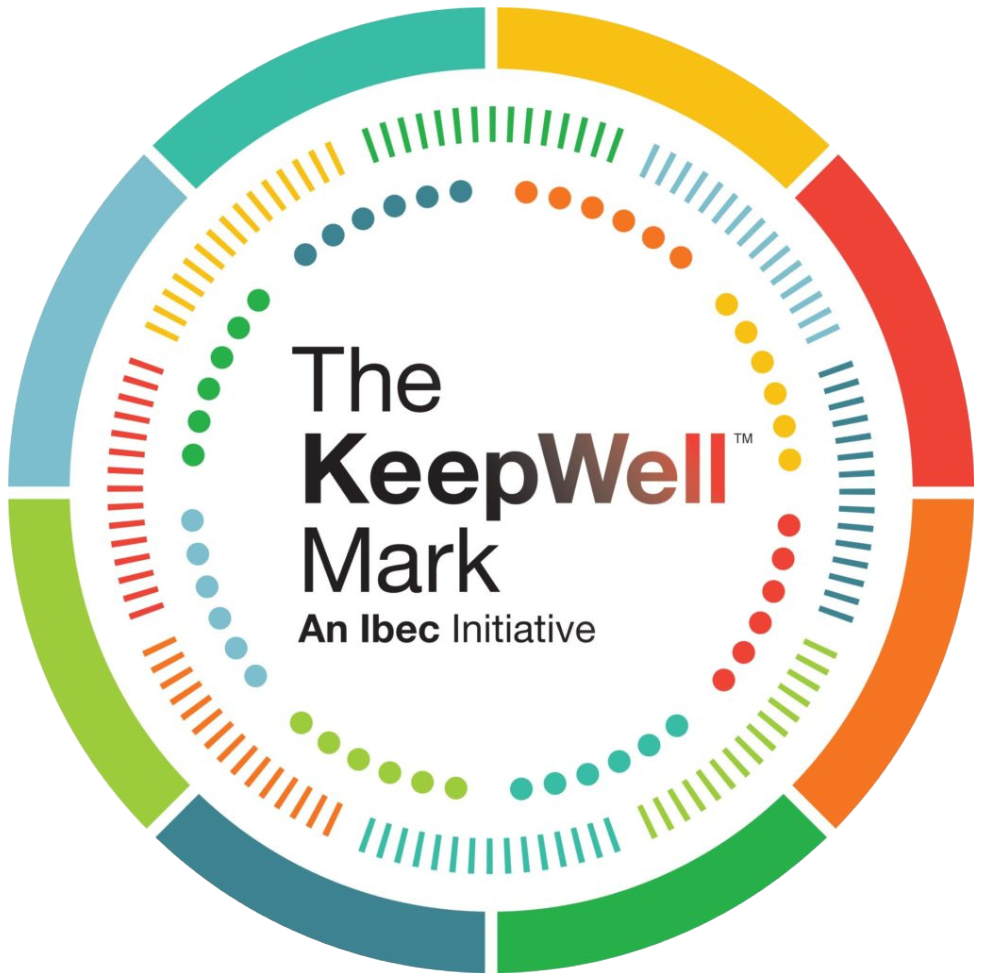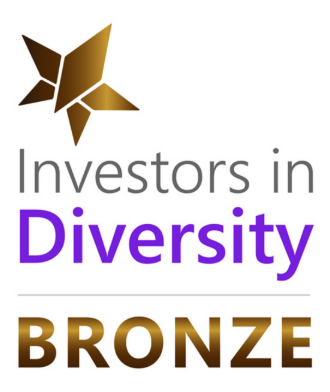Plagiarism Prevention Day 2022
February 19th was Plagiarism Prevention Day and a recent article by Curtis Newbold highlighted on the Integrity Matters blog offered an illustration of the many ways students, faculty and researcher can plagiarise.
The explanations Newbold offers for why each category he gives counts as plagiarism often point to the dishonesty behind plagiarising materials – because a plagiarist is pretending that the words, ideas, theories, artwork, etc belong to them, rather than the person that created the initial work. It also stops a reader from being able to follow or trust any argument made due to a lack of evidentiary support.
Of course, this is one of many perspectives out there on plagiarism, what it is, and how to define it. But we recommend the one selected by the National Academic Integrity Network (NAIN) in the Academic Integrity: National Principles including a Lexicon of Common Terms.
Developed following an extensive process of consultation with both higher education institutions and a broad range of external stakeholders, the purpose of these Principles and Lexicon is to provide support for institutions in developing their approach to academic integrity, and to enable the use of a common terminology when talking or writing about academic integrity in the context of Irish higher education.
The NAIN Academic Integrity Guidelines also include a definition of academic misconduct including plagiarism on p14.
You can find both these key tools as well as other resources here.


